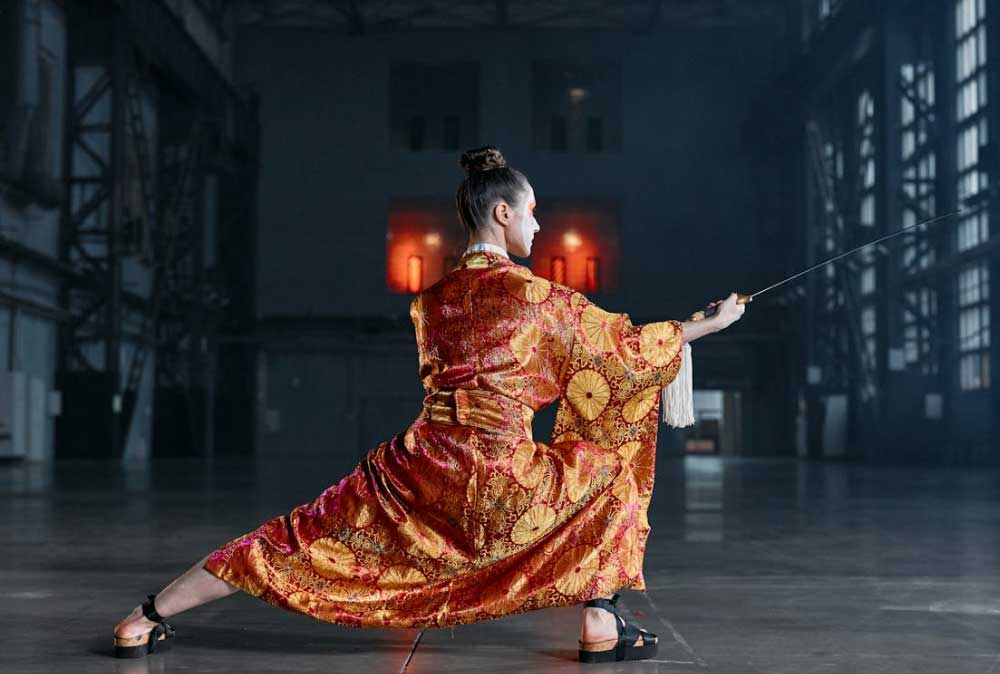As Japan entered the medieval era, clothing culture shifted to include the imposing attire of the samurai. Samurai armor, known as yoroi, became a defining element of medieval fashion. Crafted with precision, the armor served both functional and symbolic purposes, reflecting the warrior’s social status and martial prowess.
During the Edo period (1603-1868), Tokyo underwent significant shifts in clothing culture. The Tokugawa shogunate enforced sumptuary laws to regulate attire and maintain social hierarchy. The kimono remained central, but additional layers, including the haori (a jacket) and hakama (wide-legged trousers), became essential components of formal wear.
Innovations in textile production and dyeing techniques allowed for a greater variety of fabric choices and patterns. The use of indigo dye became widespread, contributing to the distinctive deep blue hues associated with traditional Japanese clothing.

